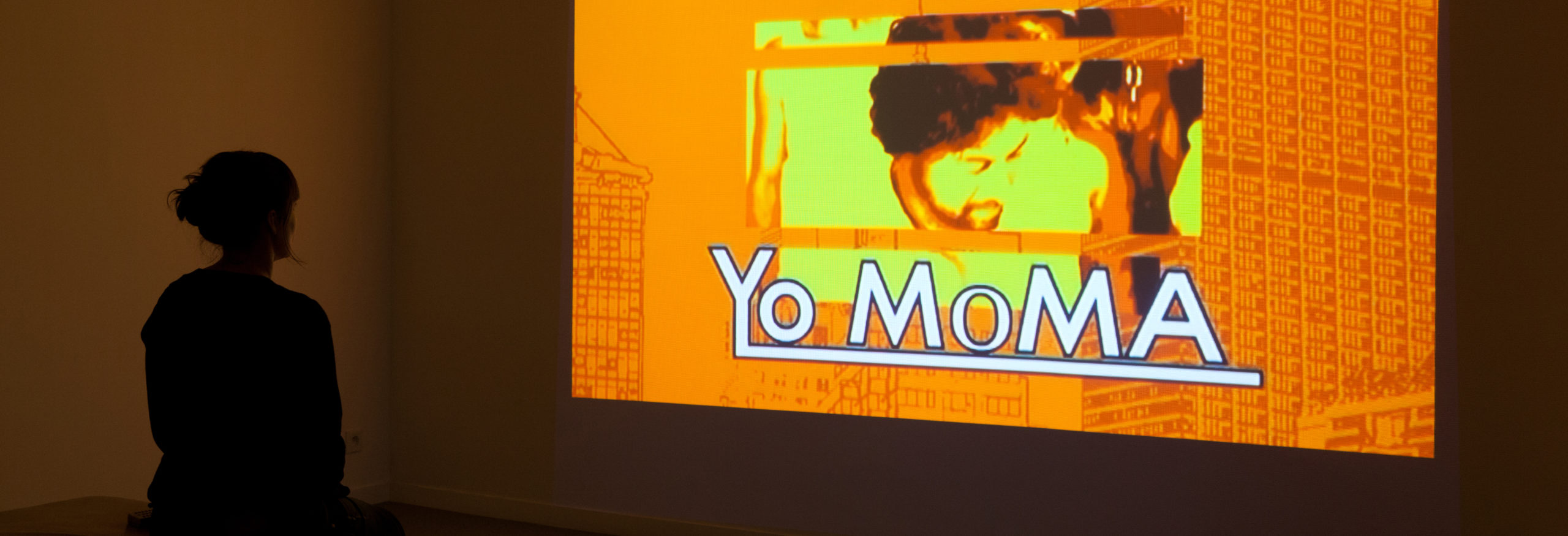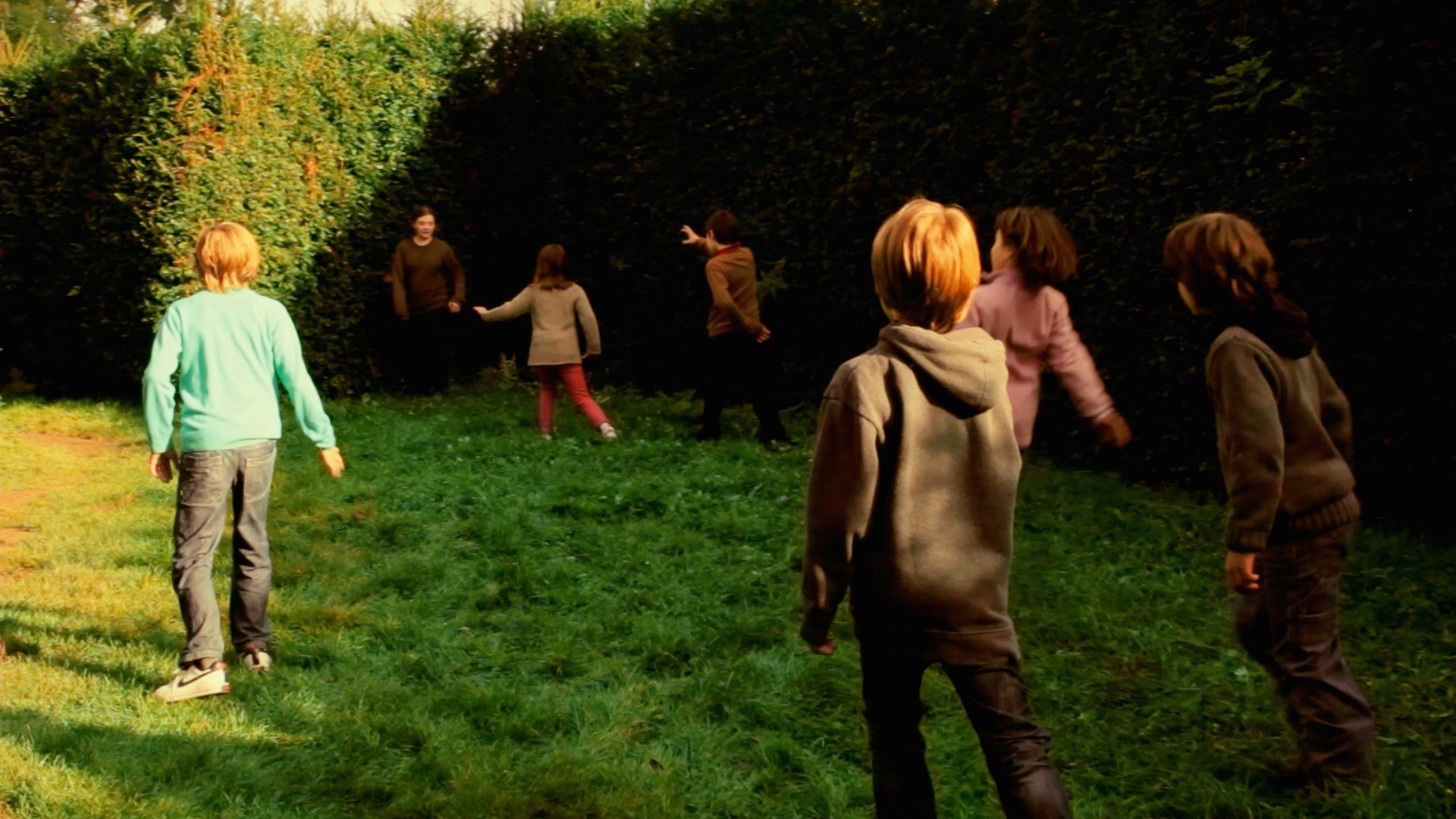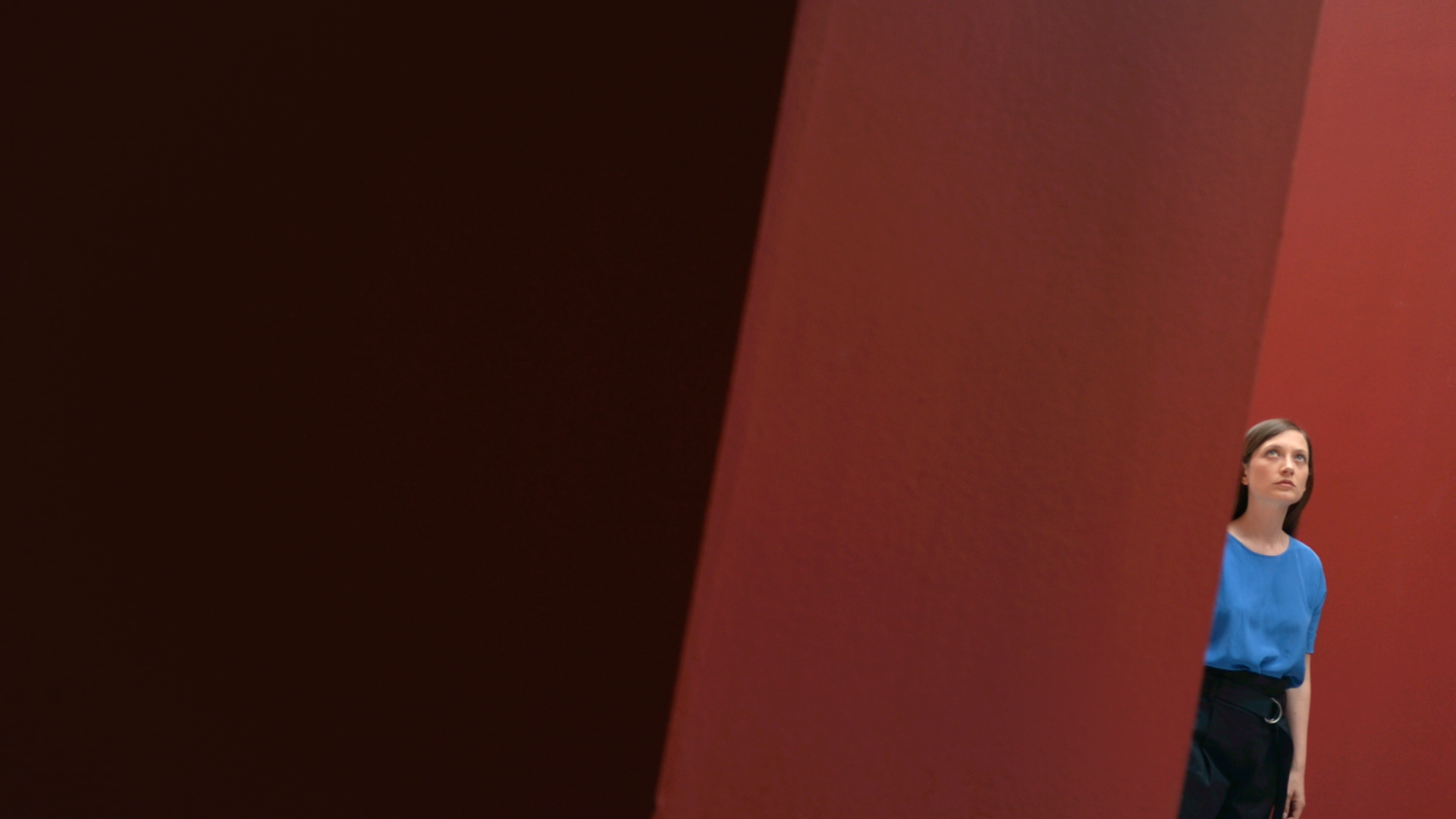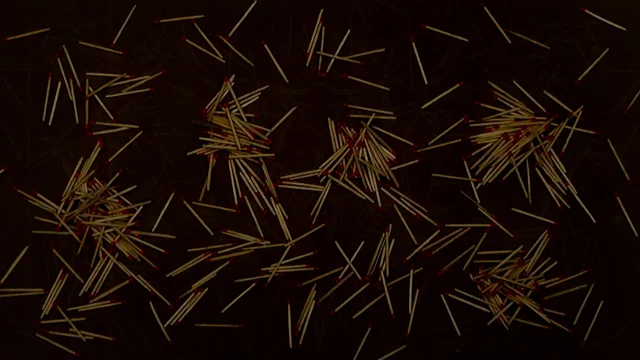
© Ariane Loze
The Nap Hotel by Happyculture
2024
44 Rue Pastorelli, 06000 Nice
As part of the Guest Curator Program, The Nap Hotel by Happyculture will be hosting this year’s exhibition curated by Isabelle de Maison Rouge and Guillaume Theulière.
Artists : Bérengère Hénin, Ariane Loze, Agnès Guillaume, Ahmad Reshad
Isabelle de Maison Rouge holds a doctorate in art and art science, and is an art critic and member of AICA France (Associarion Internationale des Critiques d’Art), as well as an independent curator and member of c-e-a (commissaires d’exposition associés). Author of numerous texts and books on contemporary art.
She hosts the Cube Rouge podcast, which gives a voice to women artists.
Guillaume Theulière is the director of the Musée de Menton and Heritage Curator.
Isabelle de Maison Rouge is an art historian, doctor in art and art sciences, art critic (AICA), independent curator and professor at New York University Paris. An artist-researcher, she is a member of the Art & Flux research team at the Institut ACTE (Université Paris 1 Panthéon Sorbonne/CNRS). Founder of MATCHART
Free admission.



